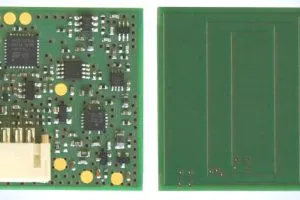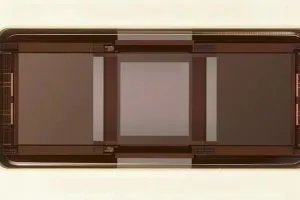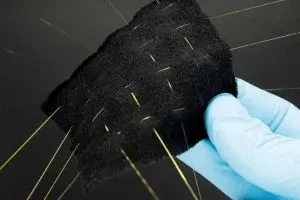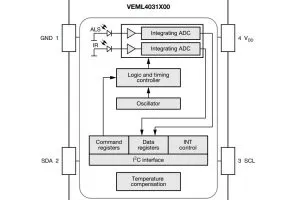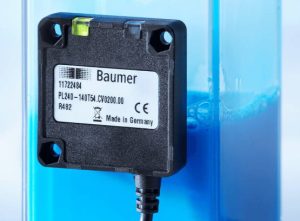
“Capacitive sensing technology offers advantages, especially on applications involving aggressive liquids, food or sensitive pharmaceutical fluids used in closed containers, or where direct contact with foreign particles must be avoided,” claimed the company. “However, in some applications microfilms or residues will adhere to the inside of the walls of tanks and vessels as the fill level drops. This is where conventional capacitive sensors reach their limits of effectiveness.”
PL240 is the company’s answer to the problems that it posed. The 40 x 40mm sensor “can reliably detect point levels of water-based media, such as cleaning fluids, milk or laboratory liquids thanks to compensating adherence”, it said.
It can be mounted to an liquid containing tank made of non-conductive plastic or glass (nominally between 0.5 and 6mm thick), using adhesive or cable ties, or screwed to a support next to the tank with an air gap of up to 1mm.
The sensor is an on-off type, switching state when the liquid level passes a fixed point on the sensor body.
It is pre-adjusted, but also includes a training mode that needs to be initiated some circumstances including: containers made of glass, liquids with foam on top, containers >5mm thick, liquids with a dielectric constant <50, air gaps and large temperature fluctuations (operation is over -25 to +60°C).
There are four connections: 0V, positive power (10 – 30Vdc, 70mA), output, and the ‘teach’ input for initiating training. The output is normally high or normally low – this can be changed using the training input.
A yellow LED indicates if the sensor is triggered, and is used during training, while a green LED shows that power is applied.
There are three models which are identical except that one has a 2m long flying lead with wire ends, and two have 200mm cable with a circular connector on the end, either M8 or M12.
Find an example PL240 data sheet here and links to the three types from this web page
 Electronics Weekly
Electronics Weekly
